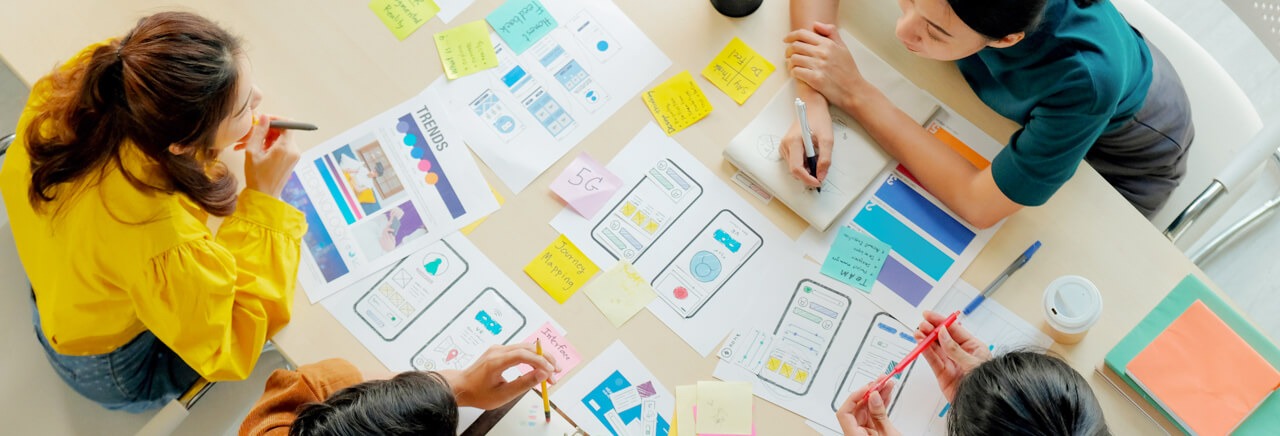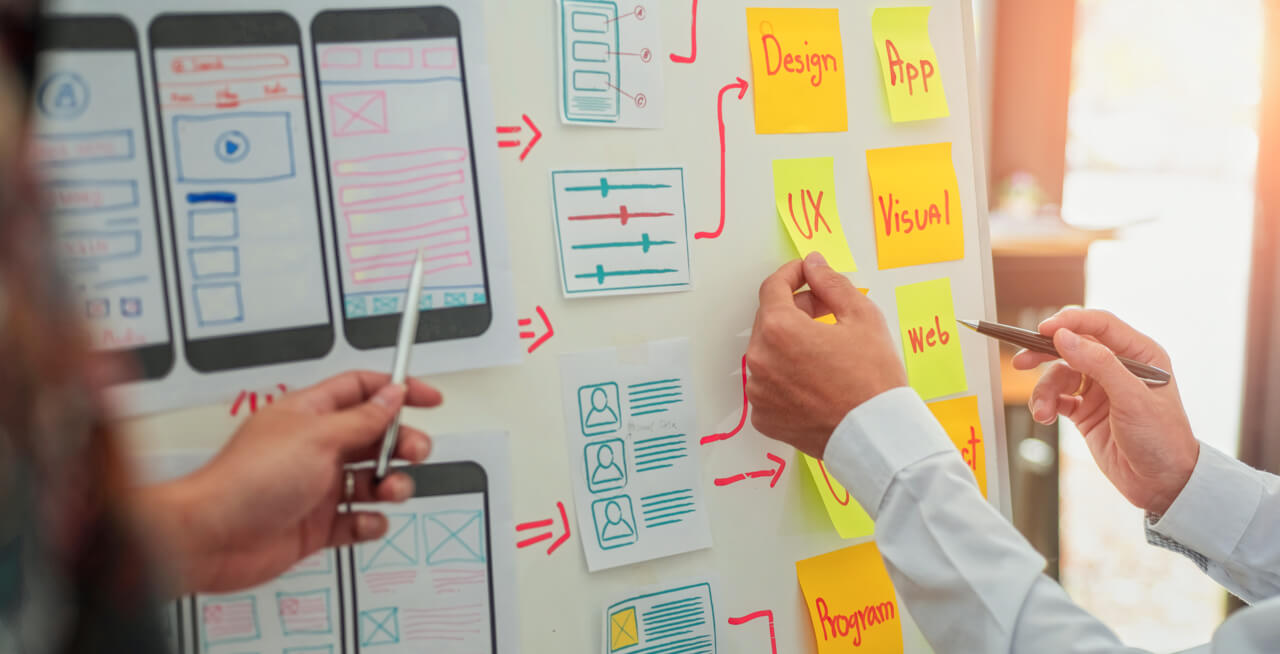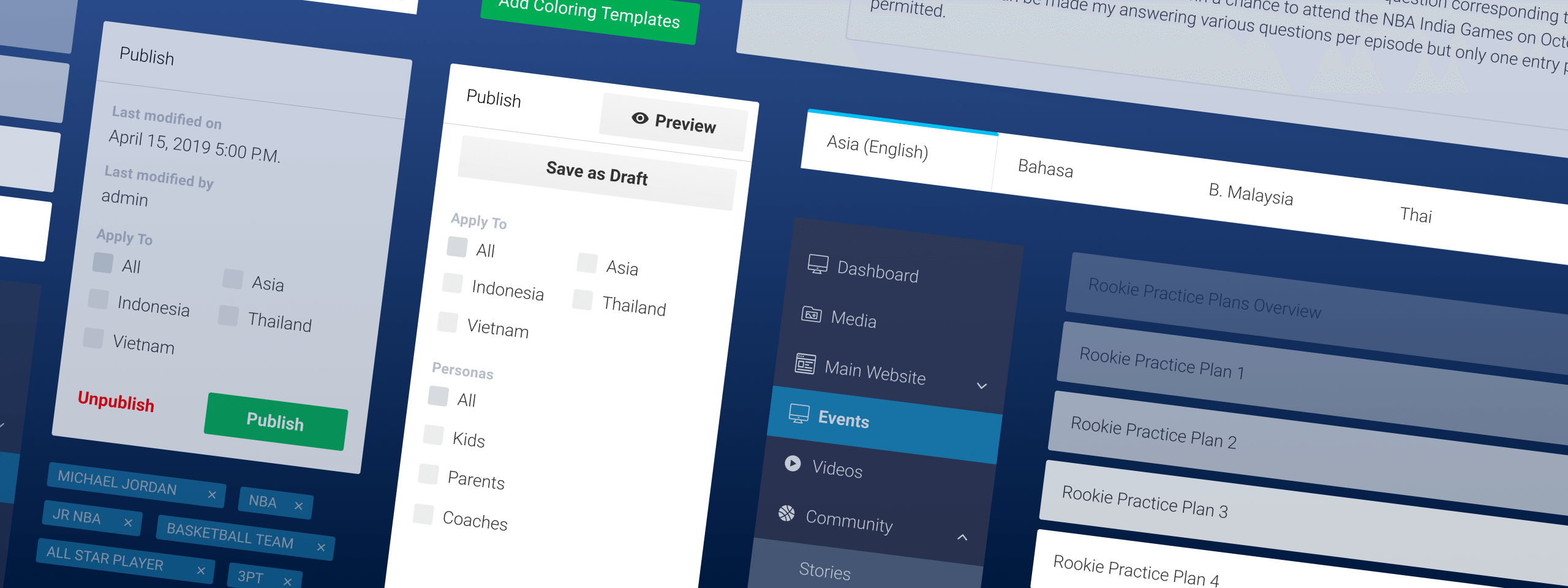The concept of Design Thinking is too often thrown around at many conferences and in many articles as a sort of silver bullet to all kinds of problems. It’s exactly that kind of thinking, that careless glorification, that can render such a useful methodology ineffective.
Here at Make Technology, we’ve learned that it takes the right combination of factors—in the right situations—to make it work. Solid facilitation of the Design Thinking session, a diverse team, and empowered leadership are all essential ingredients in making Design Thinking the perfect tool for continuous corporate innovation.
With that, let me tell you how Generali Philippines put all them together in a Design Thinking workshop to kickstart their own corporate innovation.



